What Is (And Isn’t) Scientific About The Multiverse

Our best physical theories predict that a multiverse exists. But if we can’t test it, is it really scientific?
The Universe is all there ever was, all there is, and all there will ever be. At least, that’s what we’re told, and that’s what’s implied by the word “Universe” itself. But whatever the true nature of the Universe actually is, our ability to gather information about it is fundamentally limited.
It’s only been 13.8 billion years since the Big Bang, and the top speed at which any information can travel — the speed of light — is finite. Even though the entire Universe itself may truly be infinite, the observable Universe is limited. According to the leading ideas of theoretical physics, however, our Universe may be just one minuscule region of a much larger multiverse, within which many Universes, perhaps even an infinite number, are contained. Some of this is actual science, but some is nothing more than speculative, wishful thinking. Here’s how to tell which is which. But first, a little background.
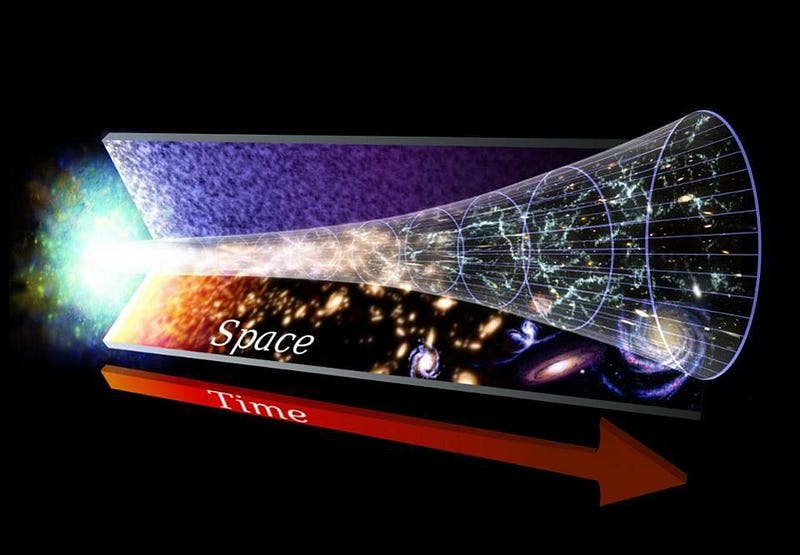
The Universe today has a few facts about it that are relatively easy, at least with world-class scientific facilities, to observe. We know the Universe is expanding: we can measure properties about galaxies that teach us both their distance and how fast they appear to move away from us. The farther away they are, the faster they appear to recede. In the context of General Relativity, that means the Universe is expanding.
And if the Universe is expanding today, that means it was smaller and denser in the past. Extrapolate back far enough, and you’ll find that things are also more uniform (because gravity takes time to make things clump together) and hotter (because smaller wavelengths for light mean higher energies/temperatures). This leads us back to the Big Bang.
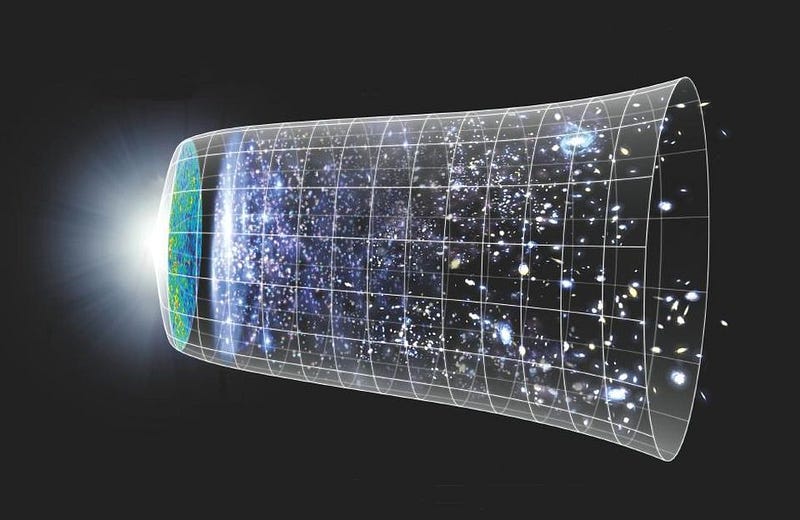
But the Big Bang wasn’t the very beginning of the Universe! We can only extrapolate back to a certain epoch in time before the Big Bang’s predictions break down. There are a number of things we observe in the Universe that the Big Bang can’t explain, but a new theory that sets up the Big Bang — cosmic inflation — can.
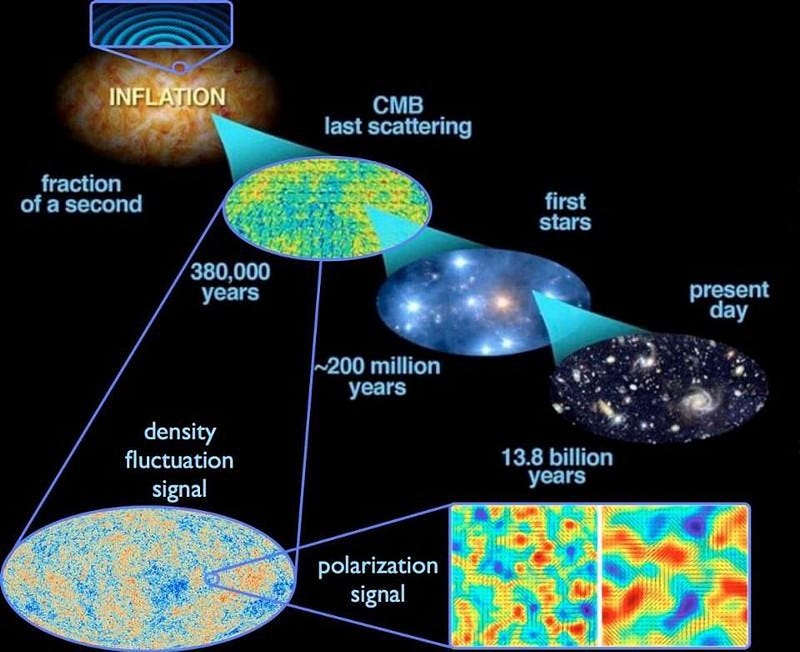
In the 1980s, a large number of theoretical consequences of inflation were worked out, including:
- what the seeds for large-scale structure should look like,
- that temperature and density fluctuations should exist on scales larger than the cosmic horizon,
- that all regions of space, even with fluctuations, should have constant entropy,
- and that there should be a maximum temperature achieved by the hot Big Bang.
In the 1990s, 2000s and 2010s, these four predictions were observationally confirmed to great precision. Cosmic inflation is a winner.
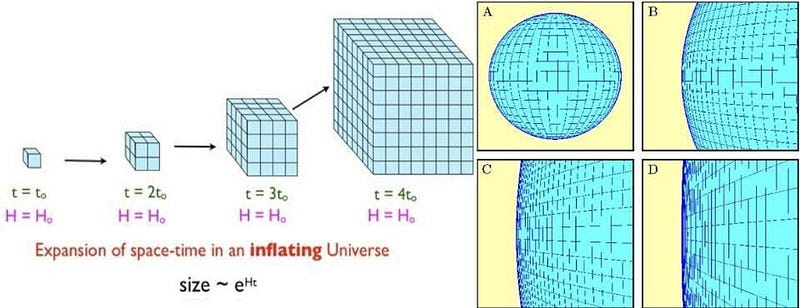
Inflation tells us that, prior to the Big Bang, the Universe wasn’t filled with particles, antiparticles and radiation. Instead, it was filled with energy inherent to space itself, and that energy caused space to expand at a rapid, relentless, and exponential rate. At some point, inflation ends, and all (or almost all) of that energy gets converted into matter and energy, giving rise to the hot Big Bang. The end of inflation, and what’s known as the reheating of our Universe, marks the start of the hot Big Bang. The Big Bang still happens, but it isn’t the very beginning.
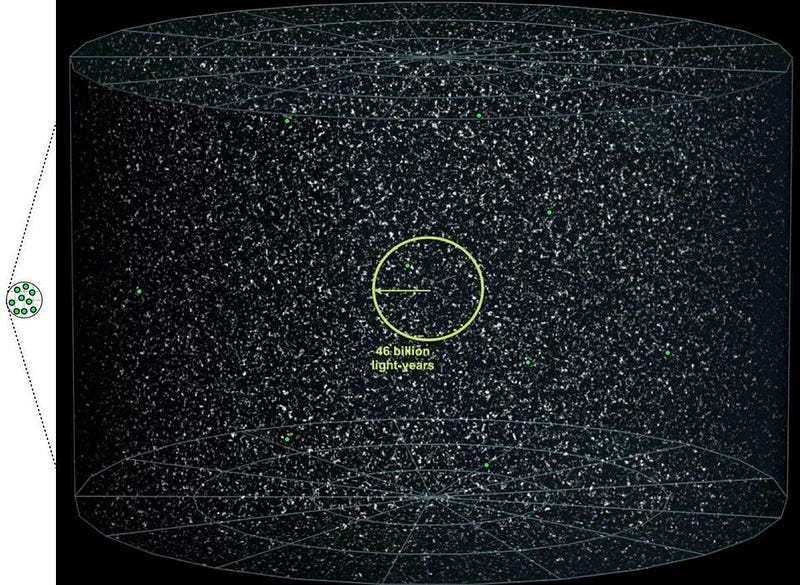
If this were the full story, all we’d have was one extremely large Universe. It would have the same properties everywhere, the same laws everywhere, and the parts that were beyond our visible horizon would be similar to where we are, but it wouldn’t be justifiably called the multiverse.
Until, that is, you remember that everything that physically exists must be inherently quantum in nature. Even inflation, with all the unknowns surrounding it, must be a quantum field.
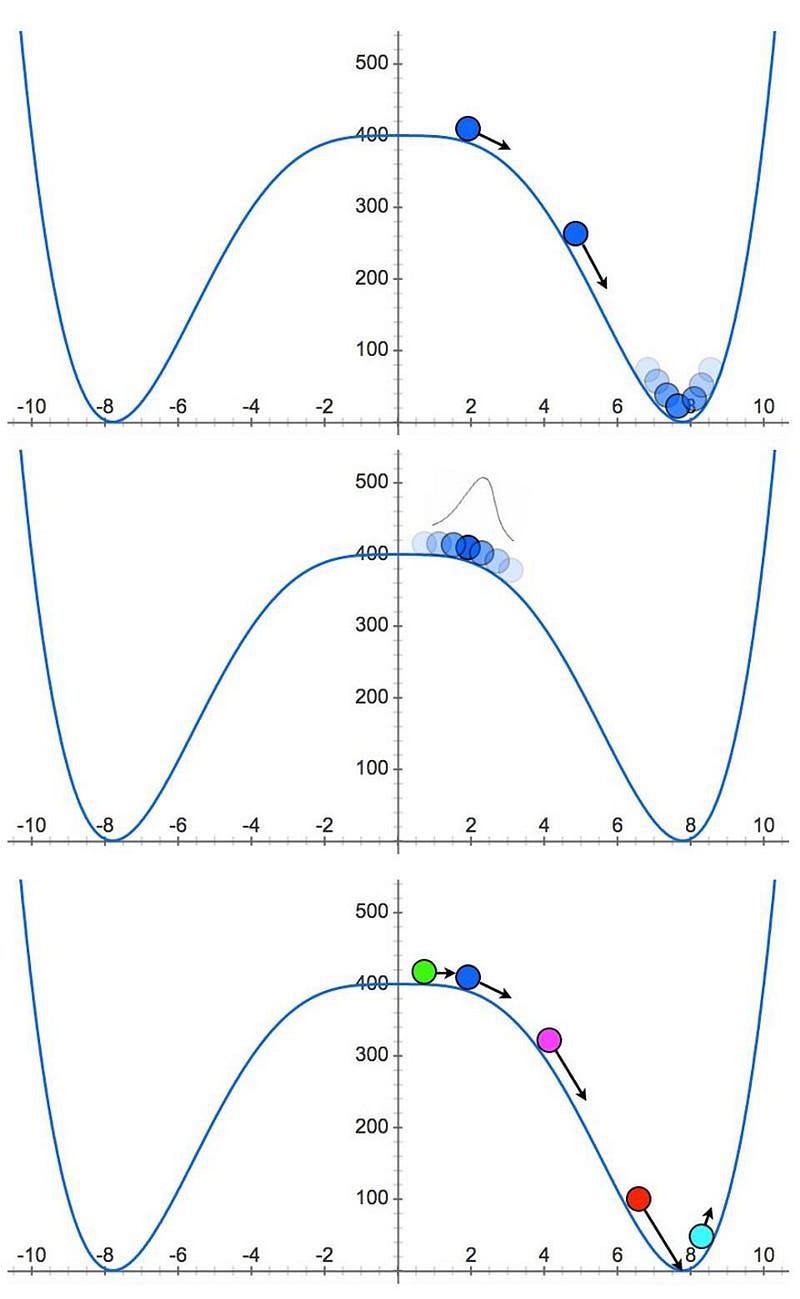
If you then require inflation to have the properties that all quantum fields have:
- that its properties have uncertainties inherent to them,
- that the field is described by a wavefunction,
- and the values of that field can spread out over time,
you reach a surprising conclusion.
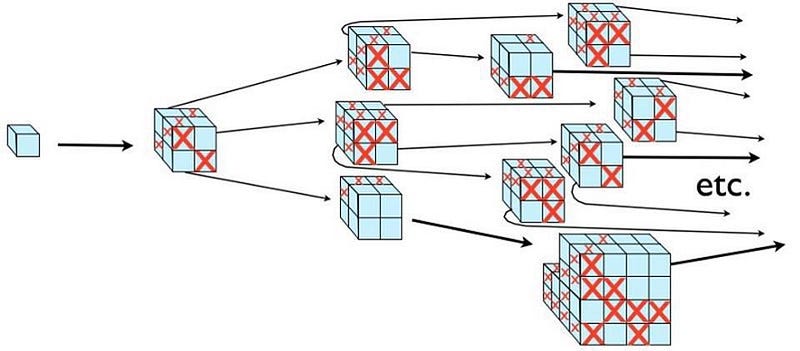
Inflation doesn’t end everywhere at once, but rather in select, disconnected locations at any given time, while the space between those locations continues to inflate. There should be multiple, enormous regions of space where inflation ends and a hot Big Bang begins, but they can never encounter one another, as they’re separated by regions of inflating space. Wherever inflation begins, it is all but guaranteed to continue for an eternity, at least in places.
Where inflation ends for us, we get a hot Big Bang. The part of the Universe we observe is just one part of this region where inflation ended, with more unobservable Universe beyond that. But there are countlessly many regions, all disconnected from one another, with the same exact story.

That’s the idea of the multiverse. As you can see, it’s based on two independent, well-established, and widely-accepted aspects of theoretical physics: the quantum nature of everything and the properties of cosmic inflation. There’s no known way to measure it, just as there’s no way to measure the unobservable part of our Universe. But the two theories that underlie it, inflation and quantum physics, have been demonstrated to be valid. If they’re right, then the multiverse is an inescapable consequence of that, and we’re living in it.
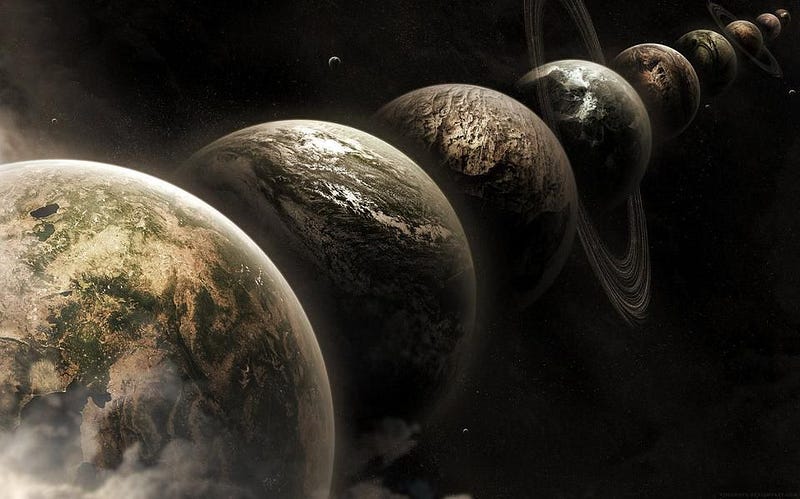
So what? That’s not a whole lot, is it? There are plenty of theoretical consequences that are inevitable, but that we cannot know about for certain because we can’t test them. The multiverse is one in a long line of those. It’s not particularly a useful realization, just an interesting prediction that falls out of these theories.
So why do so many theoretical physicists write papers about the multiverse? About parallel Universes and their connection to our own through this multiverse? Why do they claim that the multiverse is connected to the string landscape, the cosmological constant, and even to the fact that our Universe is finely-tuned for life?
Because even though it’s obviously a bad idea, they don’t have any better ones.
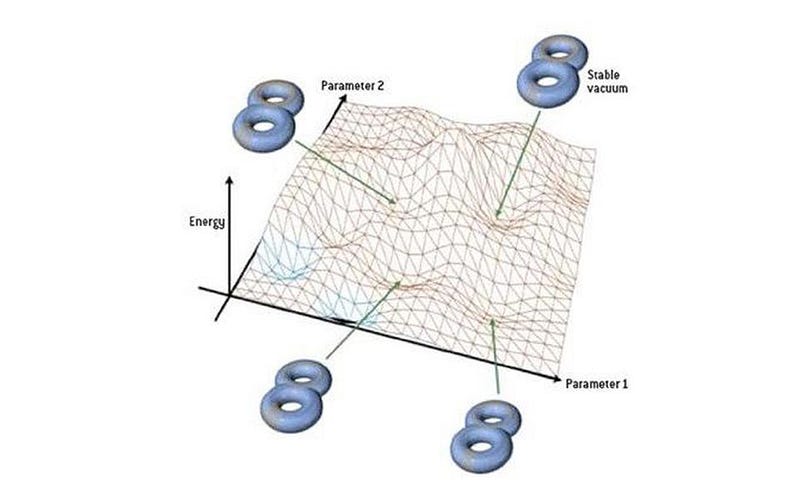
In the context of string theory, there are a huge set of parameters that could, in principle, take on almost any value. The theory makes no predictions for them, so we have to put them in by hand: the expectation values of the string vacua. If you’ve heard of incredibly large numbers like the famed 10⁵⁰⁰ which appears in string theory, the possible values of the string vacua are what they’re referring to. We don’t know what they are, or why they have the values that they do. No one knows how to calculate them.
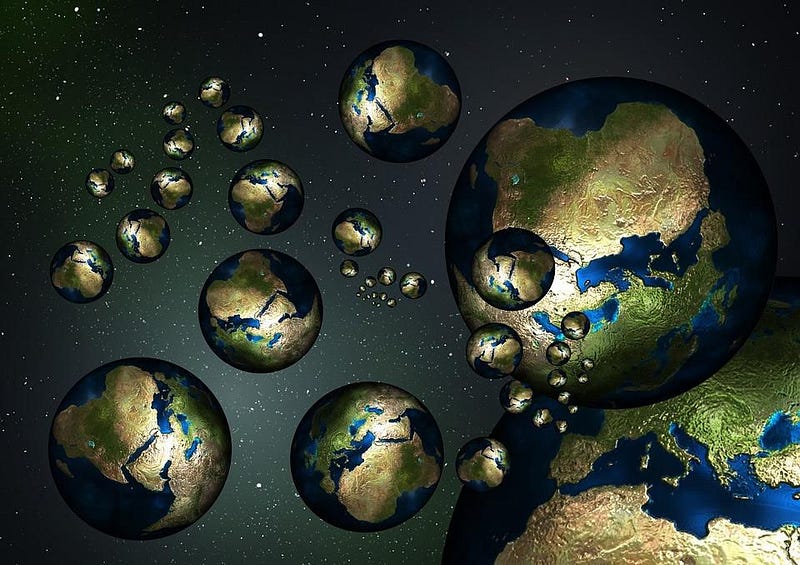
So, instead, some people say “it’s the multiverse!” The line of thinking goes like this:
- We don’t know why the fundamental constants have the values they do.
- We don’t know why the laws of physics are what they are.
- String theory is a framework that could give us our laws of physics with our fundamental constants, but it could give us other laws and/or other constants.
- Therefore, if we have an enormous multiverse, where lots of different regions have different laws and/or constants, one of them could be ours.
The big problem is that not only is this enormously speculative, but there’s no reason, given the inflation and quantum physics we know, to presume that an inflating spacetime has different laws or constants in different regions.
Not impressed with this line of reasoning? Neither is practically anyone else.
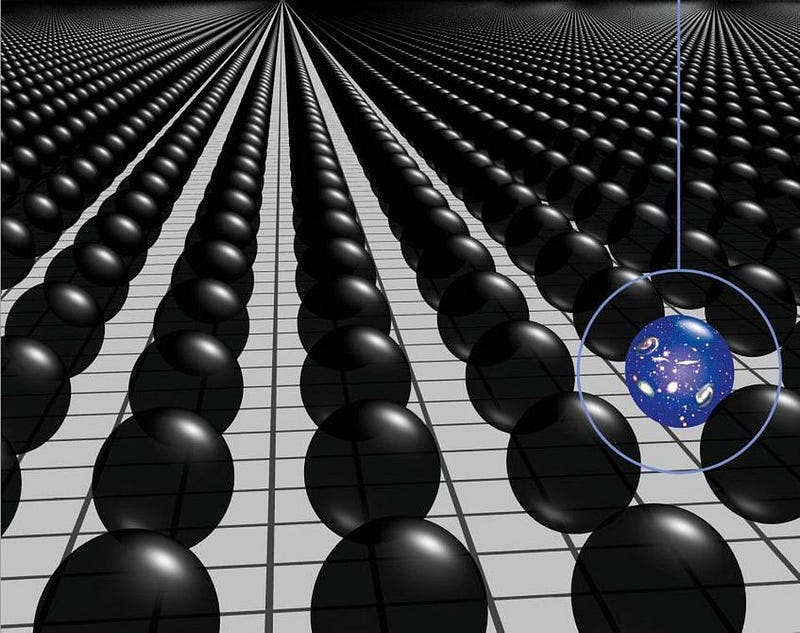
As I’ve explained before, the Multiverse is not a scientific theory on its own. Rather, it’s a theoretical consequence of the laws of physics as they’re best understood today. It’s perhaps even an inevitable consequence of those laws: if you have an inflationary Universe governed by quantum physics, this is something you’re pretty much bound to wind up with. But — much like String Theory — it has some big problems: it doesn’t predict anything we either have observed and can’t explain without it, and it doesn’t predict anything definitive we can go and look for.
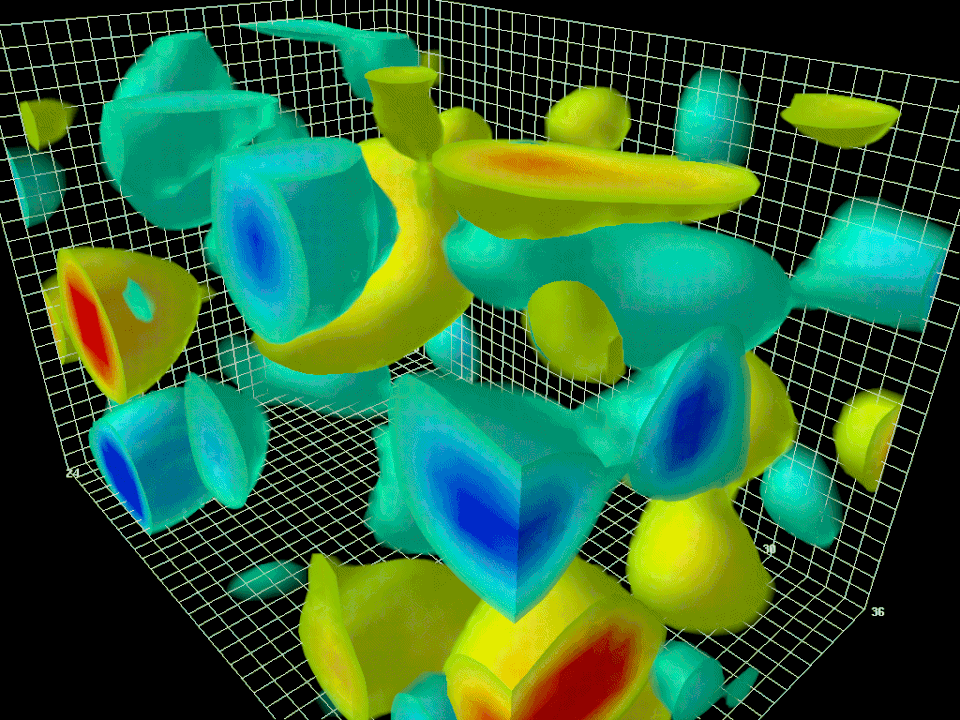
In this physical Universe, it’s important to observe all that we can, and to measure every bit of knowledge we can glean. Only from the full suite of data available can we hope to ever draw valid, scientific conclusions about the nature of our Universe. Some of those conclusions will have implications that we may not be able to measure: the existence of the multiverse arises from that. But when people then contend that they can draw conclusions about fundamental constants, the laws of physics, or the values of string vacua, they’re no longer doing science; they’re speculating. Wishful thinking is no substitute for data, experiments, or observables. Until we have those, be aware that the multiverse is a consequence of the best science we have available today, but it doesn’t make any scientific predictions we can put to the test.
Ethan Siegel is the author of Beyond the Galaxy and Treknology. You can pre-order his third book, currently in development: the Encyclopaedia Cosmologica.





